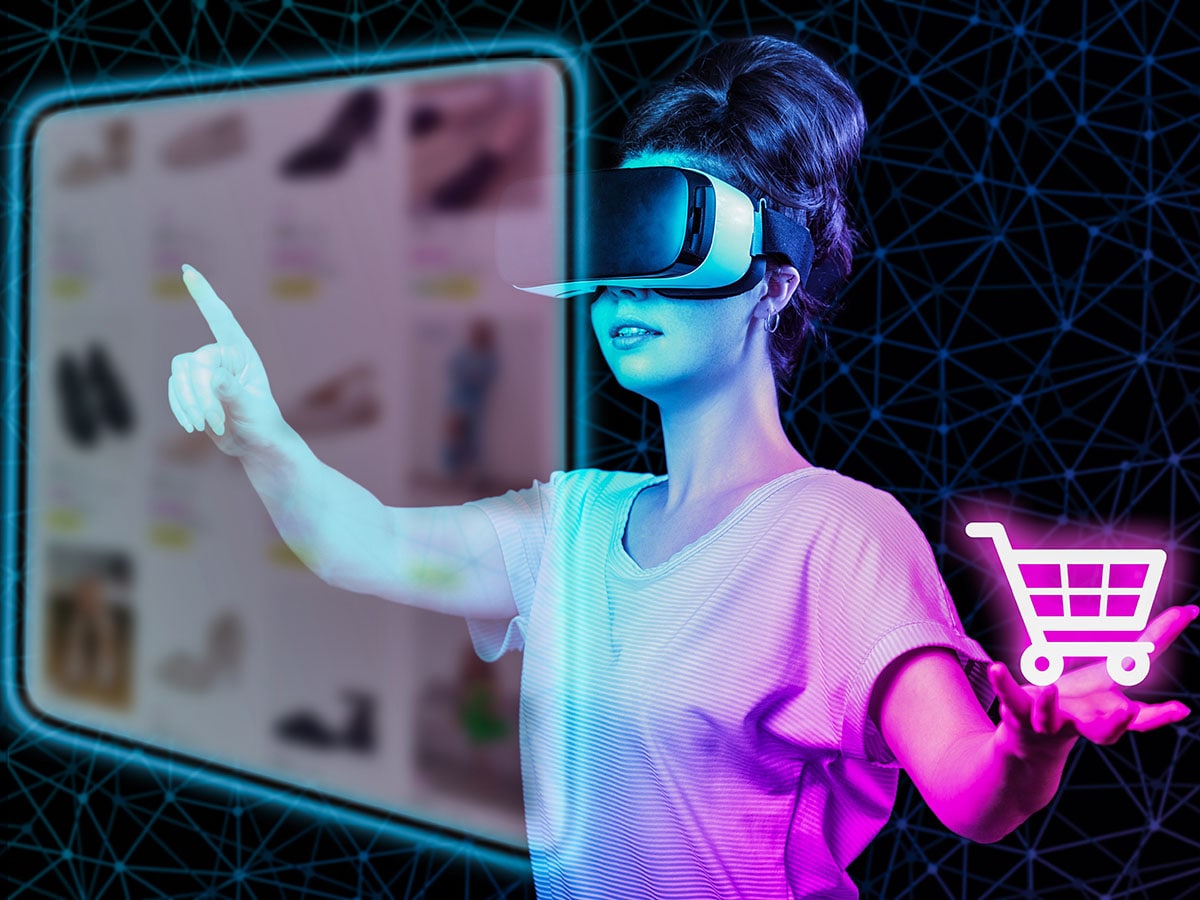
How AI can be a tool to increase customer loyalty
Leverage artificial intelligence to improve your relationship with customers and compete with big data.
 Consumers increasingly prefer buying from own-brand stores, but poor customer service can cause a boomerang effect and repel the consumer.
Image: Shutterstock
Consumers increasingly prefer buying from own-brand stores, but poor customer service can cause a boomerang effect and repel the consumer.
Image: Shutterstock
Even four years out from the first lockdowns, post-pandemic consumer confidence has failed to completely rebound. International conflicts, the energy crisis and inflation have all played a role.
While not all consumers have stopped buying, many continue cutting back. IESE’s José Luis Nueno, who holds the Intent HQ Chair on Changing Consumer Behavior, and Alfonso Urien, director of the center of data insights at Intent HQ, came together to discuss who these consumers are, why they’ve stopped buying, and how AI can be used to help win them back.
The role of AI in data-poor companies
When it comes to unknown markets or seeking new audiences, AI has leveled the playing field between companies that base their decisions on vast amounts of data, and those that don’t. The latter have a golden opportunity to update their capabilities with AI.While large brands easily obtain first-party data, giving them a structural advantage, smaller digital-native companies also generate opportunities to target consumers and gather relevant information. Both are fighting to cut out the middleman. Currently, 42% of Nike sales are direct, and the company aims to reach 50% by 2025.
[This article has been reproduced with permission from IESE Business School. www.iese.edu/ Views expressed are personal.]















